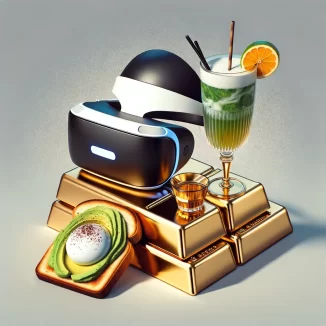
In the ever-evolving landscape of consumer culture, trends come and go, often leaving a trail of overpriced products and services in their wake. What was once deemed cool and trendy can quickly become a symbol of excess and impracticality. Here’s a look at 11 once-cool trends that have transitioned from must-have status symbols to items that many now view as unjustifiably overpriced, offering a reflection on how our perceptions of value and style change over time.
1. Designer Sneakers

Once the epitome of streetwear cool, high-end designer sneakers have become a saturated market where prices often far exceed their practical value. Brands that merged luxury with casual footwear led to sneakers being sold for thousands of dollars. While initially a symbol of fashion-forward thinking and exclusivity, the overwhelming influx of designer collaborations and limited editions has led many to question the absurdity of paying exorbitant prices for shoes that, at their core, serve the same purpose as their far less expensive counterparts.
2. Gourmet Toast
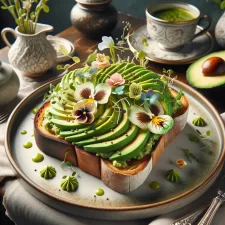
What started as a quirky, gourmet take on a breakfast staple quickly became a symbol of culinary excess. Avocado toast, in particular, became notorious as a pricey menu item, often used as a tongue-in-cheek reference to millennial spending habits. The trend of slapping an avocado on bread and calling it a delicacy worth double-digit prices has many rolling their eyes at the inflated costs of simple comfort foods.
3. Smart Home Gadgets
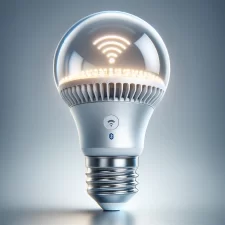
The rise of smart home technology brought with it the promise of a more convenient and connected living experience. However, as the market flooded with an array of smart devices, from lightbulbs to refrigerators, the costs associated with maintaining a fully integrated smart home have become daunting. With many gadgets offering marginal improvements over their non-smart counterparts, consumers are beginning to question the value of investing in a high-tech home ecosystem.
4. Boutique Fitness Classes
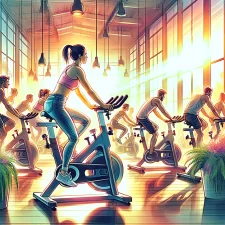
Boutique fitness classes, offering specialized experiences like spin, yoga, and high-intensity interval training, exploded in popularity, boasting premium price tags for membership and class passes. While they provide a sense of community and personalized fitness regimes, the steep costs have led many to seek out more affordable and flexible fitness solutions, especially in the wake of the global shift towards home workouts and outdoor activities.
5. Artisanal Everything
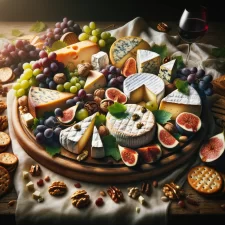
From coffee to cheese, the artisanal trend took everyday items and rebranded them as unique, handcrafted experiences. While supporting small-scale production and craftsmanship is valuable, the term ‘artisanal’ has been co-opted by marketers to justify hefty price increases on everyday goods, leading consumers to scrutinize whether these products genuinely offer something special or if they’re simply a trendy way to charge more.
6. Tiny Houses

Tiny houses were once heralded as the future of sustainable living and financial freedom. However, as the trend grew, so did the prices, with some tiny homes costing as much as traditional houses once land and customization were factored in. The charm of minimalist living remains, but the escalating costs have led many to question the practicality and affordability of going tiny.
7. Luxury Wellness Retreats
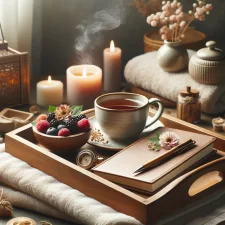
Wellness retreats in exotic locations promised rejuvenation and a break from the stress of daily life, but with price tags reaching into the thousands for a week’s stay, the exclusivity of these retreats has sparked a debate about the commodification of wellness and whether true relaxation and health should come with such a high cost.
8. Craft Cocktails
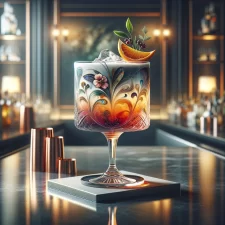
The craft cocktail movement brought an era of sophistication and creativity to the bar scene, with mixologists concocting elaborate drinks using premium ingredients. However, as the prices for these artisanal beverages have climbed, many patrons are left pondering whether the experience of a $20 cocktail truly surpasses that of a more modestly priced, classic drink.
9. Meal Kit Delivery Services
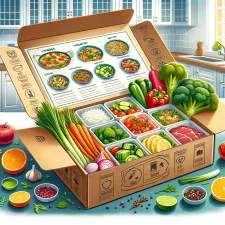
Meal kit delivery services revolutionized home cooking by providing pre-portioned ingredients with easy-to-follow recipes. Despite their convenience, the cost per meal often far exceeds traditional grocery shopping, leading consumers to question the value of paying a premium for the sake of convenience, especially as the novelty wears off.
10. High-End Headphones

The surge in demand for high-quality audio experiences saw headphones transform from a functional accessory into a luxury item, with some brands offering models priced in the high hundreds or even thousands. While audiophiles may appreciate the superior sound quality, for the average consumer, the diminishing returns on sound quality beyond a certain price point have made these high-end headphones a prime example of an overpriced trend.
11. Virtual Reality Experiences
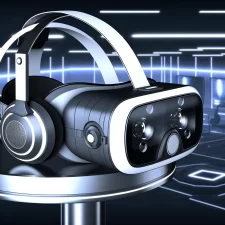
Virtual reality (VR) technology promises to transport users to new worlds, offering unparalleled gaming and entertainment experiences. However, the high cost of VR headsets, along with the need for compatible hardware and software, has limited its widespread adoption. As the novelty of VR begins to wane, the conversation is shifting toward the practicality and accessibility of these immersive experiences.
Moving Away from Overpriced Trends
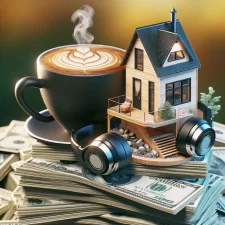
As consumer trends evolve, so does our perception of what constitutes value and luxury. The trends listed above highlight a collective reevaluation of where we choose to invest our money, prompting a shift towards more sustainable, practical, and financially sensible choices. Recognizing the fleeting nature of ‘cool’ can empower consumers to make decisions that align more closely with their personal values and long-term satisfaction rather than the allure of the latest trend.
Catherine is a tech-savvy writer who has focused on the personal finance space for more than eight years. She has a Bachelor’s in Information Technology and enjoys showcasing how tech can simplify everyday personal finance tasks like budgeting, spending tracking, and planning for the future. Additionally, she’s explored the ins and outs of the world of side hustles and loves to share what she’s learned along the way. When she’s not working, you can find her relaxing at home in the Pacific Northwest with her two cats or enjoying a cup of coffee at her neighborhood cafe.

